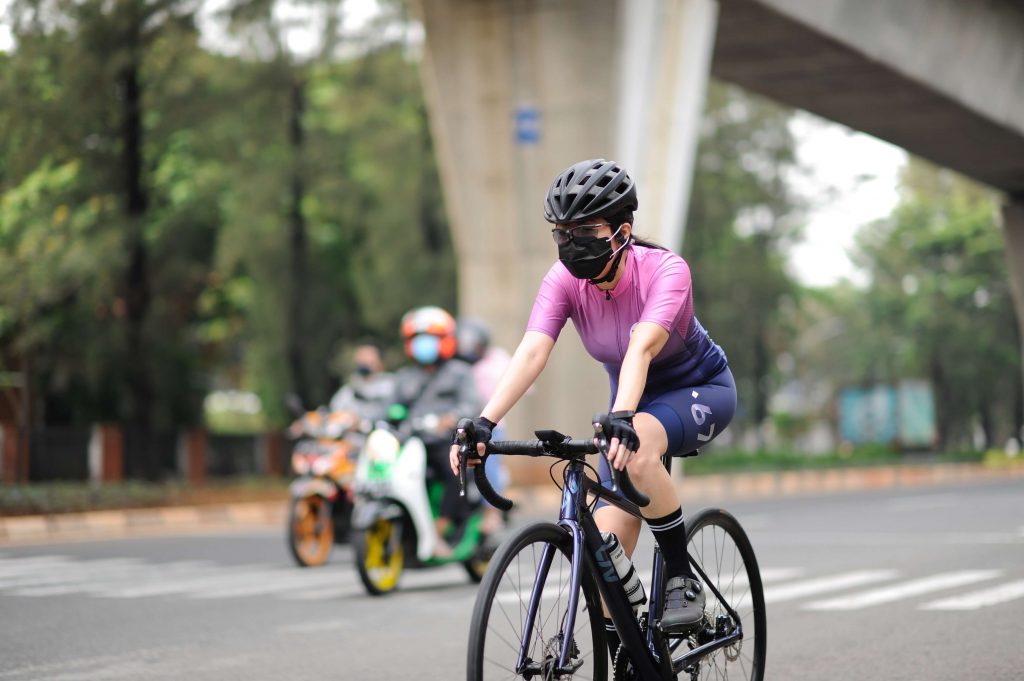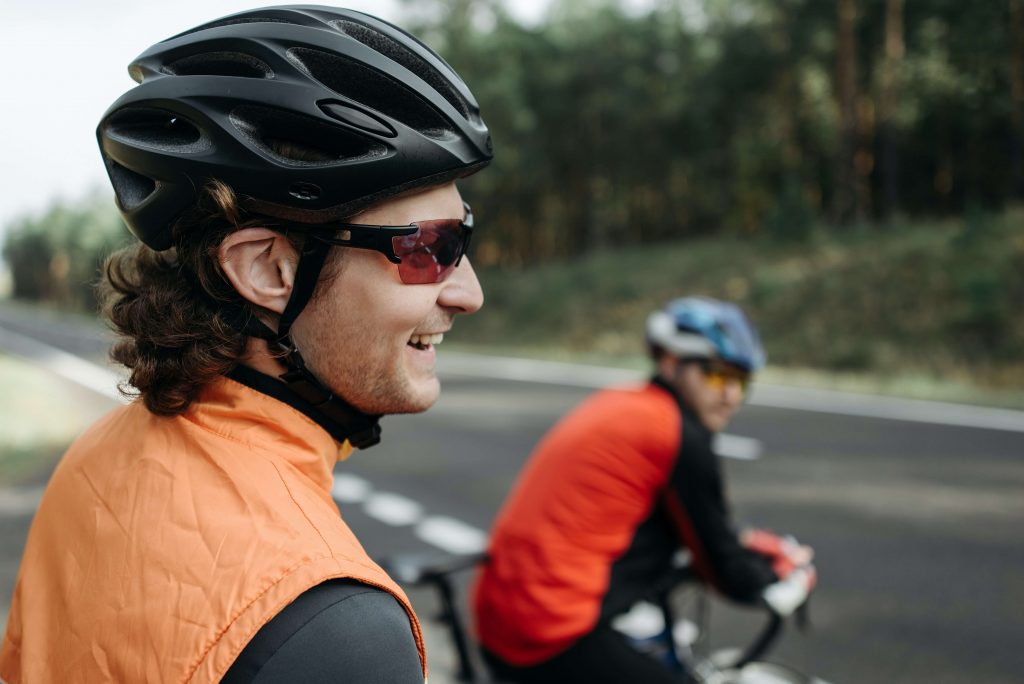Wearing a helmet while riding a bike is crucial for your safety. A helmet provides protection from head injuries in case you fall off your bike or crash. But in order to do its job, a bike helmet has to fit properly; if it doesn’t, your protection and safety will be compromised. Luckily, you can find helmets of different sizes, so choosing a proper helmet for you shouldn’t be that difficult. Here’s our short guide to selecting a helmet that fits well so that it protects you in case of an accident.
Why Must You Wear a Helmet?
WHO (World Health Organization) considers the helmet the most effective form of protection from head injuries and fatalities caused by bike accidents. Head and neck injuries are the leading cause of disabilities and deaths. Bicycle riders are considered vulnerable road users. They are at a higher risk of being involved in accidents because they are less visible to other drivers, and unlike them, they are not protected by an external shield. And that’s why you, as a biker, must always wear a helmet when riding. A helmet’s primary mission is to reduce the risk of brain and head injuries from the impact of a force or collision to the head. According to the Bicycle Safety Institute, a proper fitting, certified biker helmet can prevent around 80% of head injuries.
Types of Bike Helmets
Just like there are many types of bikes, there are also many types of bike helmets. They are mainly divided into road and mountain helmets. Want to know more about these helmets? Read on to learn about their features.
Road bike helmets

Road helmets are usually designed to be lightweight, aerodynamic, and provide good ventilation. A good road bike helmet should feel comfortable and allow excellent all-around vision while protecting your head from injuries. They are more compact and have larger air vents compared to mountain bike helmets.
Mountain bike helmets

Mountain bike helmets give you good ventilation and greater head coverage on the sides and the back. Therefore, they are usually heavier and bulkier compared to road helmets.
Which type should you choose?
You might think that mountain bike helmets provide better protection and safety; after all, they are thicker, heavier, and provide more coverage, right? Interestingly, that is not the case. A 2019 study tested 30 helmets, and they found that road helmets tested better in some aspects than mountain bike helmets. However, the two types of helmets do provide similar protection; after all, all bike helmets have to meet the U.S. Consumer Product Safety Commission (CPSC) safety standards. So, go for the one that you like and feel comfortable wearing.
Bike Helmet Sizing Parameters
The helmet won’t do its job if it doesn’t fit your head securely. But, have no worries! There are different helmet sizes available that you can choose from, depending on your head size. Take a look at the bike helmet sizing parameters:
- One size fits all: One size fits all, or universal helmets fit using an adjustable ring around the head; these helmets work well with some people but not with everyone.
- Extra-large: above 24.75” or 63 cm.
- Large: from 23.25” to 24.75” or 59 cm to 63 cm
- Medium: from 21.75” to 23.25” or 55 cm to 59 cm
- Small: from 20” to 21.75” or 51 cm to 55 cm
- Extra small: under 20” or 51 cm
- Child: 18.89” to 20.47” or 48 cm to 52 cm
- Toddler: 18.11” to 19.68” or 46 cm to 50 cm
How Should a Bike Helmet Fit

A properly fitted helmet is easily the most important element of helmet safety. You should know that a bike helmet fits well if it feels snug but not too tight. Consider the size of your helmet, position it correctly, and adjust the straps.
Size
If you are unsure about your helmet size, take a measuring tape and wrap it around your head (about a finger or two above your eyebrows); don’t wrap the tape too tightly because the helmet should feel comfortable on your head. Now that you know your size go ahead and choose the one you like (A little tip: when in doubt between two sizes, go a size smaller).
Position
The helmet should sit level on your head with the front edge (two fingers or less) above your eyebrows. When you look up, you should be able to see the helmet; but, it should not obscure your vision. It should keep your forehead unexposed, and it should not tilt back. It might help to look in the mirror while positioning your helmet.
Side straps
The helmet’s side straps should join under your ear to form a “V” shape. You can adjust the side straps until they feel snug and comfortable.
Chin straps
Now it’s time to buckle the helmet’s chin straps. Tighten them until they feel tight enough. You shouldn’t leave more than one finger gap between your chin and the straps. You can do a little test to see if the helmet is a good fit; open your mouth wide, and if you feel the helmet press the top of your head, it probably fits properly.
Finally, Try the Helmet On
Once you finish taking all the steps mentioned above, it’s time for the final bike helmet try-on. But before you do that, loosen all the straps and the adjustable ratchet system. After that, put the helmet on and tighten it as much as you need to. Give it a few good wobbles and see how it feels. Does it shake, slip, or move forward? If yes, tighten the straps and test again. If it still feels loose or moves, you should try a smaller size or add a few pads. The helmet should feel stable while covering your head all the way around.
Replace the Helmet
In case of an accident or a crash, you should replace your helmet with a new one, even if it doesn’t show external signs of damage. Helmets have foam underneath their shell and when the foam inside is damaged, your helmet fails to do its job properly. If you’ve been lucky enough not to be in an accident, you should still replace the helmet every five to ten years.
Unfortunately, helmets don’t work if you don’t wear them. So, after finding a proper-fit helmet that you like, remember to wear it every time you decide to go for a ride.




